If you’re in the market for a new car, the most important factor to consider is that surrounding road safety. So, before you look into the snazzy interior or even the practicality of the boot space, understanding a car’s vehicle safety features is crucial to ensuring the safety of everyone on the road.
In this article, we will be supporting Road Safety Week by focusing on the key vehicle safety technology you should actively look out for when searching for your dream car.
Table of Contents
Read on to find out:
- What vehicle safety features are
- Why they should be prioritised
- Our top 10 new vehicle safety features to consider
- How you can find out more
What are vehicle safety features?
Modern safety features fall into two categories:
Active safety features: designed to support the prevention of crashes from happening by providing the driver with vehicle safety technology that detects potential danger in advance. For example, adaptive cruise control can ensure the driver remains within the respective speed limit and preventing a potential crash.
Passive safety features: designed to minimise injury for if a crash does occur. The most common examples are seatbelts and airbags, which securely restrain the driver and minimise impact respectively.
Put simply, vehicle safety features are designed to both prevent accidents from happening, while providing as much protection as possible if the worst-case scenario occurs.
Why should you prioritise vehicle safety features?
According to Brake, it is reported that there are over 1,700 fatalities on UK roads per year, with a further 30,000 experiencing life-changing injuries.
These statistics should be taken very seriously as they alone highlight the importance of safety features in vehicles. Thankfully, these features are designed to protect everybody including the driver, passengers and pedestrians.
By investing in a car that has modern vehicle safety technology, you can significantly reduce the chances of road accident scenarios such as:
- Collisions with other cars
- Pedestrian collisions
- Cyclist collisions
- Overtaking incidents
- And much more
Always prioritise vehicle safety features when looking for a new car – it isn’t just your own life you’ll be saving, but somebody else’s!
Our top 10 recommended must-have vehicle safety features
With the advanced technology of new vehicle safety features, it means that your car will be equipped with outstanding vehicle safety technology.
But which vehicle safety features should you be looking out for? And which cars are equipped with them?
In this section, we outline our top 10 (in no order of preference) modern vehicle safety features that you should consider. While it could prove difficult to find a car that is equipped with all these features, the more that you have at your disposal, the safer your driving environment.
Safety Feature #1: Adaptive Cruise Control (ACC)
Adaptive cruise control (ACC) allows you to set both speed and distance settings that automatically control how fast your vehicle travels, while maintaining a certain distance from the car in front of you.
How does it work?
This is made possible using radar and/or cameras that can accurately detect the distance of the vehicle ahead, which then allows your car to slow down or speed up in response to ensure a safe gap is maintained.
How it improves safety:
- Adheres to safe distances
- Helps prevent rear-end collisions
Example vehicle: Toyota C-HR Hatchback
 View our Toyota C-HR offers
View our Toyota C-HR offers
Safety feature #2: Lane keep assist (LKA)
Lane keep assist (LKA) prevents you from unintentionally drifting out of your lane by ensuring that you remain in your own.
How does it work?
This feature consists of a forward-facing camera that monitors the lane lines on the road, supporting the system to continuously check your position relative to the lane edges. If the vehicle drifts too far, the driver will be alerted by an automatic gentle steering correction that guides the car back into your lane.
How it improves safety:
- Encourages proper lane discipline
- Prevents sideswipe and run-off-road accidents
Example vehicle: Volkswagen Tiguan
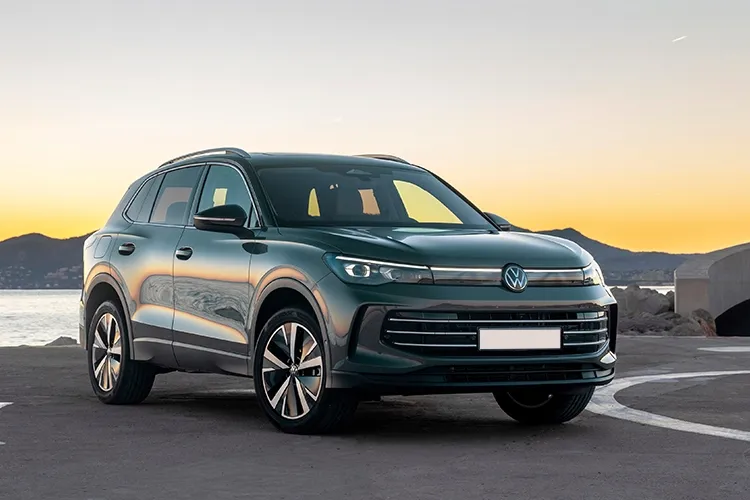 View our Volkswagen Tiguan deals
View our Volkswagen Tiguan deals
Safety feature #3: 360° surround-view cameras
A 360-degree (birds-eye view) camera system prevents you from colliding with pedestrians or objects when you are driving.
How does it work?
This system is made up of multiple cameras that are placed around the vehicle such as the front grille, under side mirrors, and rear tailgate to create a top-down image of your surroundings. These images are then shown on the dashboard screen, allowing you to see hazards in advance before they become a problem.
How it improves safety:
- Eliminates blind spots
- Helps to avoid low obstacles such as bollards and curbs
Example vehicle: Ford Puma
 View our Ford Puma savings
View our Ford Puma savings
Safety feature #4: Reverse camera and parking sensors
A reverse camera with parking sensors prevents you from colliding with pedestrians or objects whilst you are reversing.
How does it work?
This safety feature consists of a wide-angle camera that is mounted near the rear number plate or boot handle and provides a live video feed on your dashboard screen when you shift into ‘reverse’. The video footage is also accompanied with dynamic guidelines that support you to reverse into a desired space accurately.
In addition to the camera, the sensor will make a beeping sound as you approach an obstacle. The ‘beep’ will become more frequent as you get closer to this obstacle, giving you a clear indication of when to stop the vehicle.
How it improves safety:
- Improves visibility behind the car
- Makes reversing more accurate
Example vehicle: Skoda Superb
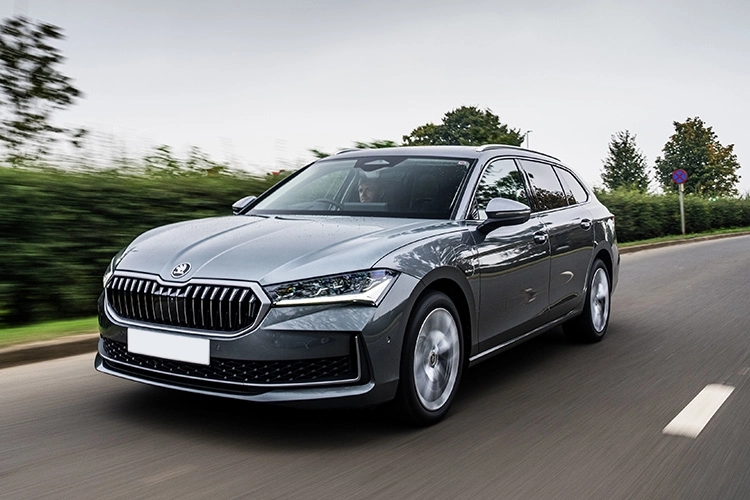 View our Skoda Superb Estate offers
View our Skoda Superb Estate offers
Safety feature #5: Forward collision warning (FCW)
A forward collision warning (FCW) safety feature monitors the road ahead and alerts you if it detects a potential front-end collision with another car, pedestrian, or object.
How does it work?
This system will consist of a radar on the front grille or bumper and potentially a camera near the rear-view mirror. Between these pieces of equipment, the system will measure the distance and relative speed to the vehicle or object ahead and will evaluate whether a collision is likely. If it is deemed so, your car will beep frequently, while also providing a visual alert on your dashboard if a camera is also fitted.
How it improves safety:
- Reduces front-end collisions
- Maintains a safe following distance
Example vehicle: Kia Sportage
 View our Kia Sportage deals
View our Kia Sportage deals
Safety feature #6: Rear cross-traffic alert (RCTA)
Rear cross-traffic alert (RCTA) goes a step further than reverse camera and parking sensors as it can detect vehicles, cyclists, or pedestrians that are approaching from the sides at the rear of your vehicle whilst you are reversing.
How does it work?
This feature has radar sensors located in the corners of the rear bumper, which scan side-to-side to detect if anything will obstruct your vehicle as you reverse. If this is the case, the system will notify you with either a beeping sound, warning icons on your screen, or arrow alerts that show which side the obstruction is coming from.
How it improves safety:
- Protects pedestrians and cyclists
- Works effectively even if reverse camera is blocked
Example vehicle: Nissan Qashqai
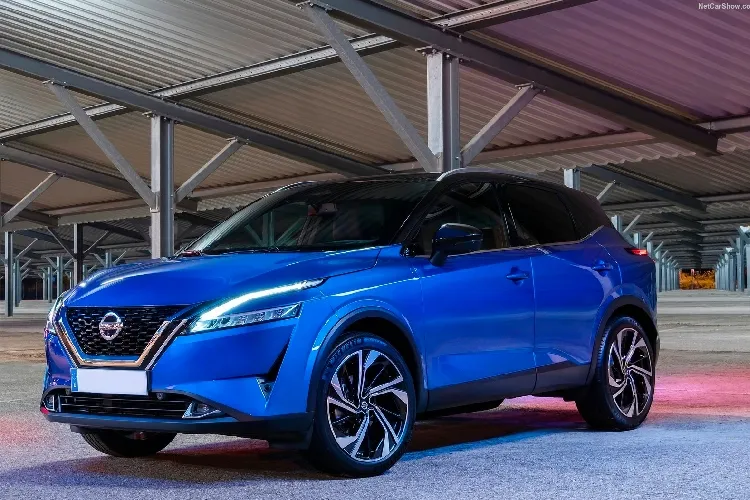 Explore Nissan Qashqai deals
Explore Nissan Qashqai deals
Safety feature #7: Automatic emergency braking (AEB)
If there is a scenario where there is a potential collision and you are unable to react in time, an automatic emergency braking (AEB) system will automatically apply the brakes for you.
How does it work?
An AEB uses a combination of sensors, predominantly including a front-facing camera and a radar unit. Between these sensors, they will monitor the road ahead and measure the distance, speed, and closing rate to an object. If a collision is deemed likely, the driver will be notified most commonly by an alarm. If the driver does not react quickly enough, the system will then apply the brakes automatically or boost the braking force if these have been applied too gently.
How it improves safety:
- Assists you when you are distracted or tired
- Protects vulnerable road users
Example vehicle: Hyundai Tucson
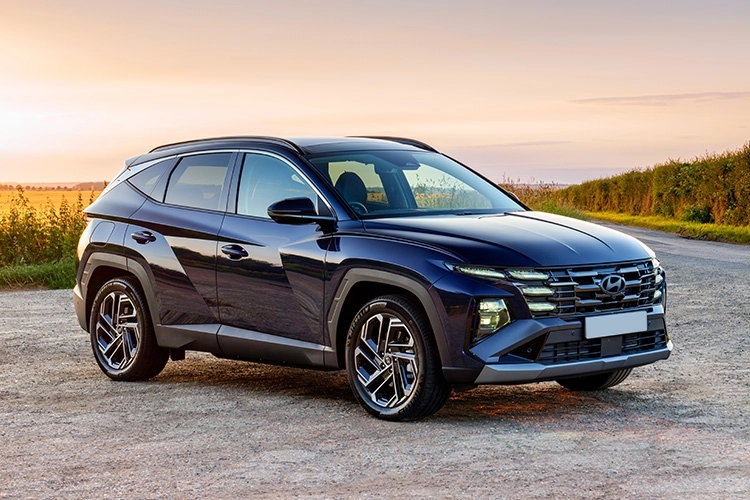 View our Hyundai Tucson offers
View our Hyundai Tucson offers
Safety feature #8: Blind spot monitoring
Where you’re unable to see potential hazards in your mirrors due to blind spots, a blind spot monitoring feature can reduce the risk of potential collisions.
How does it work?
Blind spot monitoring generally consists of radar sensors that are found at the corners of the vehicle – with additional sensors sometimes found in the side mirrors. These sensors continuously scan adjacent lanes and if they detect that another vehicle is within your blind spot, will warn you with a flashing indicator light or audible beeping sound.
How it improves safety:
- Especially useful for cars with large rear pillars or small windows
- Helps prevent side-swipe collisions
Example vehicle: Lexus NX
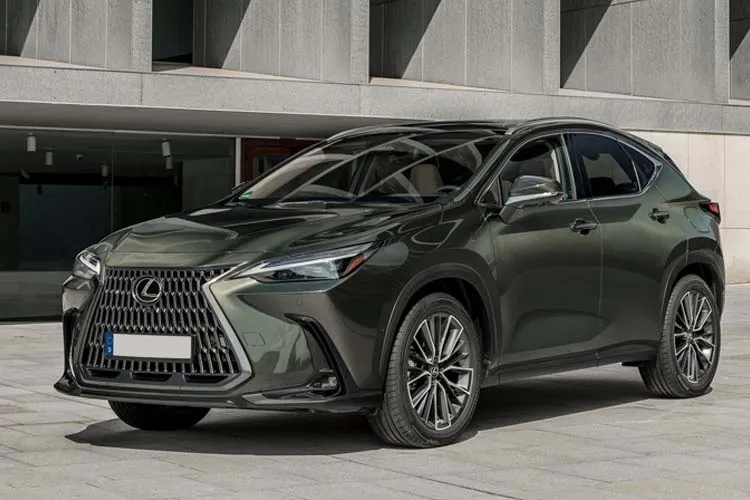 View our Lexus NX offers
View our Lexus NX offers
Safety feature #9: Driver attention monitoring
Driver attention monitoring is designed specifically to detect signs of fatigue, drowsiness, or distraction in the driver.
How does it work?
There are two types of driver attention monitoring:
- Behaviour-based monitoring (driving pattern monitoring) – where steering and driving behaviours are monitored such as steering corrections, inconsistent speed control and reaction times. If these patterns suggest drowsiness, the system may display a ‘take a break’ warning.
- Camera-based driver monitoring (direct eye & face tracking) – where a camera will monitor facial expressions to determine whether you are drowsy. If the system detects behaviours such as eyes drifting off-road for too long, slow blinking, or lowered head movements, you will be notified by audible alerts, dashboard messages or steering wheel vibration.
Behaviour-based monitoring is common among mainstream vehicles, whereas camera-based is also becoming more prevalent in the market.
How it improves safety:
- Encourages healthy rest breaks
- Works silently in the background
Example vehicle: Renault Scenic
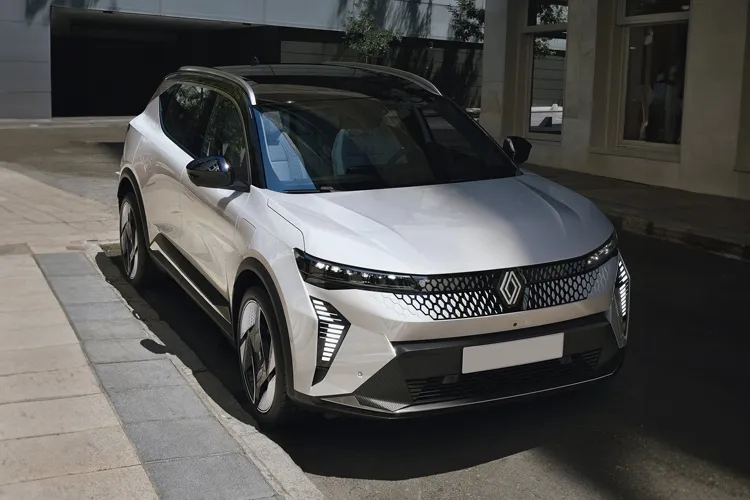 View our Renault Scenic deals
View our Renault Scenic deals
Safety feature #10: Night vision pedestrian detection
Night vision pedestrian detection helps drivers to see people, animals, and objects in low-light conditions that are beyond the range of the vehicle’s headlights.
How does it work?
This system can monitor heat and movement with the assistance of either infrared (IR) cameras or thermal imaging sensors mounted in the front grille or behind the bumper. These images are then transmitted onto the infotainment screen for the driver to see in advance. However, if the driver gets too close, an audible alert will be used, and emergency brakes may also be applied.
How it improves safety:
- Extends visibility beyond headlights
- Reduces risk of nighttime collisions
Example vehicle: Audi Q4 e-tron
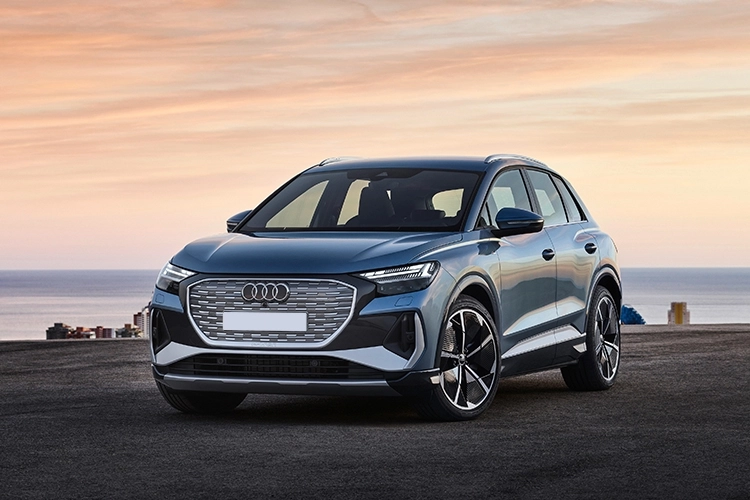 View our Audi Q4 e-tron offers
View our Audi Q4 e-tron offers
Speak to our experts about vehicle safety features
Vehicle safety affects everyone, from drivers through to pedestrians in the street. Regardless of whether you’re looking to buy or lease a new car, vehicle safety should therefore be at the forefront of your mind.
Do you wish to find out more about vehicle safety features and which car would be most suitable for you?
Speak to a member of our team todayFAQs
Motorfinity
At Motorfinity, we specialise in offering the best offers on vehicles with excellent vehicle safety features. Our exclusive discounts, expert guidance, and comprehensive support eliminate uncertainty from the car buying journey.
You can choose from Personal Contract Purchase (PCP), Hire Purchase (HP), and leasing deals to find a plan that works best for you.
Are you eligible?
Our nation's Armed Forces, Veterans, Emergency Services, NHS, Police and Prison Services, Education and Social Care sectors and more form our eligible audience.





